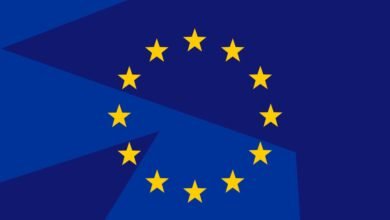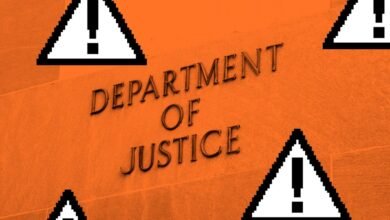TikTok’s Freedom Edition: What You Need to Know

▼ Summary
– The Verge’s subscription sale offers $4 monthly or $35 yearly access, ending today.
– TikTok’s potential US sale involves Trump-aligned investors, with ByteDance retaining algorithm control and possible MAGA influence.
– Jimmy Kimmel’s return demonstrated broadcast TV’s declining relevance, with online viewership far surpassing traditional audiences.
– Federal agents and National Guard were deployed to Portland, a city historically targeted for perceived antifa activity.
– Portland’s local government urged calm, suspecting federal baiting for justification to escalate crackdowns in the liberal city.
The proposed sale of TikTok’s US operations to a consortium of investors marks a pivotal moment in the ongoing collision between technology and government policy. After months of uncertainty, a tentative agreement has reportedly been reached, though final approval from the Chinese government remains a significant hurdle. The investor group includes prominent figures such as Lachlan and Rupert Murdoch from News Corp, Oracle’s Larry Ellison, and Michael Dell of Dell Computing. Notably, the US government will not hold a stake in the new entity.
For the investors, TikTok’s enormous user base and the vast trove of user data it controls represent its primary financial value. However, for former President Donald Trump and his political allies, the app’s recommendation algorithm holds even greater strategic importance. Many on the right view TikTok’s algorithm as uniquely favorable to MAGA-aligned creators, especially after platforms like Twitter and Facebook increased content moderation following the January 6th events. A former communications director noted that young conservatives appreciated TikTok for its perceived tolerance and its creator payment structure.
Under the current terms of the deal, ByteDance would retain ownership of the core algorithm, licensing it to the new US-based company. Public statements from Trump suggest a desire to influence the platform’s content direction, though he has also acknowledged the need for equitable treatment of all viewpoints.
In a separate but related development, the return of “Jimmy Kimmel Live!” demonstrated shifting media dynamics. The initial suspension of the show, following pressure from FCC officials over a controversial joke, highlighted the regulatory power still held over broadcast television. However, the program’s swift comeback, coupled with massive viewership numbers, signaled that corporate support for free speech can sometimes prevail. More importantly, the event underscored the declining influence of traditional broadcast networks. While the live broadcast attracted 6.2 million viewers, the online audience was far larger, with 15 million people watching the monologue on YouTube the following day.
The city of Portland, Oregon, has once again become a focal point for federal attention. Last week saw a noticeable increase in federal agents within the city. After local officials urged residents to remain calm, believing federal agencies were attempting to provoke a confrontation, Trump authorized the National Guard to use “full force” to protect these agents.
Portland holds a particular symbolic significance for the MAGA movement, often portrayed as a center of “antifa violence.” The city’s history includes early clashes between far-right groups and antifascist activists dating back to 2017, with tensions peaking during the 2020 George Floyd protests.
In a discussion with a journalist based in Portland, several key points emerged. The political landscape in Portland has experienced swings, with a recent shift back toward more progressive and socialist representation on the City Council. It’s unclear if this influenced the renewed federal focus, but the perception of Portland as a hub of left-wing activism, heavily amplified by certain media outlets, appears to be a driving factor.
The legal justifications for federal intervention have been questioned. Past operations were justified by the need to protect federal monuments, yet the monuments cited were not on federal property. The current operational area is more geographically constrained, centered around an ICE building adjacent to a Tesla dealership. The broader mandate of “going after antifa” raises significant constitutional questions that remain unresolved.
Local authorities are currently advising residents to avoid confrontation, believing the federal presence is designed to bait the city into providing a pretext for a larger crackdown. The city’s populace is described as highly energized and politically active, with regular protests being a common sight. The scale of any future public response is seen as largely dependent on the actions taken by the federal government, with the threshold for what constitutes an escalatory event now being considerably higher than in the past.
In a lighter note from the business world, the bankruptcy proceedings for the Claire’s accessory chain took an unusual turn. During the Chapter 11 hearing, a lawyer involved in the case shared a personal anecdote about getting his ears pierced at Claire’s as a teenager. He publicly committed to getting his ears pierced again if a successful deal to save stores and jobs could be reached. Recent social media posts appear to show that he followed through on that promise.
(Source: The Verge)





